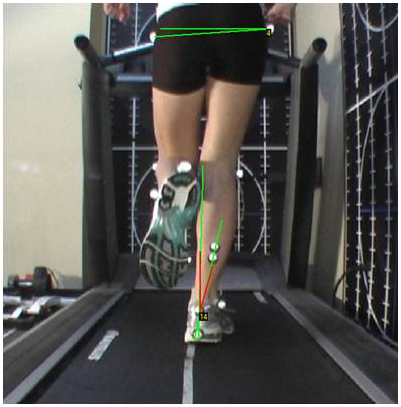
03 Aug Assessment of leg length discrepancy
Assessment of leg length discrepancy, PART 2 of 3
As podiatrists, there are a few different ways to assess whether someone has a difference in the length of their legs, otherwise known as a leg length discrepancy. In a clinical situation, we’ll do the following tests.
1. Measuring the leg length.
This involves using a physical tape measure and measuring from the belly button or a specific point at the front of the hip to a bony point (called the malleolus) on the ankle. Being able to compare the length of the different sides gives us an estimate of whether a discrepancy in the length of the legs is present, and how severe it could be. We don’t usually take these two measurements to be super precise, as measuring the exact points isn’t always as easy or as accurate as you’d think. But it does give us valuable clinical information that we then use to decide the next steps, and whether further action or treatment is needed.
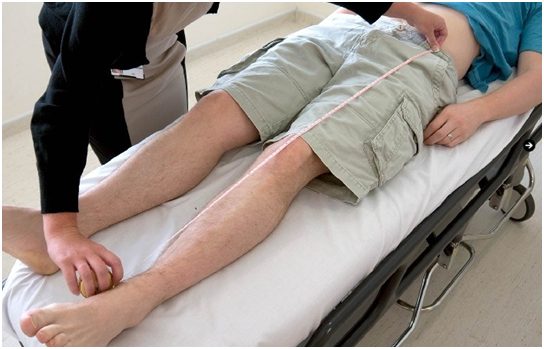
Measuring leg lengths from ASIS to medial malleoli
2. Skyline test
With the skyline test, we are assessing whether the length difference in a leg is coming from the shin bone or the thigh bone. If one knee is forward-looking from the sid,e then the thigh bone is longer on that side. When looking from the front, if one knee is higher, then the shin bone of that leg is longer.
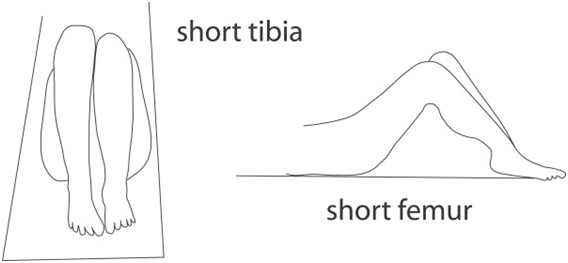
Skyline test
3. Block test
For this test, we look at a patient standing and see whether there is an obvious drop onto the shorter leg. Often, their shoulder and hip will drop down too. We then put sheets of foam under the foot until the knees, hip, and shoulder are level. Then we know how much we might need to modify a shoe or insole to balance the leg length discrepancy and bring them back into alignment.
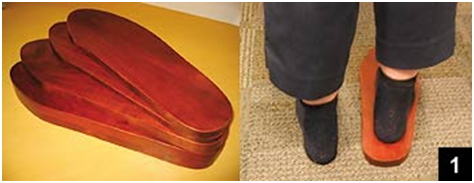
Block Test
4. Gait analysis
By looking at someone walking with a gait analysis, you can find a lot of valuable information. If one foot collapses inwards while the other stays straight, it could be the body compensating for a discrepancy in leg length. We’ve seen patients who walk or stand on their ball of the foot to balance out the difference. Try walking with one shoe on and the other off and you’ll see the short side will automatically change to balance out the difference in length.

Gait analysis
5. Muscle testing
For a functional leg length discrepancy, we need to assess whether there is a difference in flexibility and muscle strength. Testing glute strength is important in cases where the pelvis drops lower on one side while walking or running.
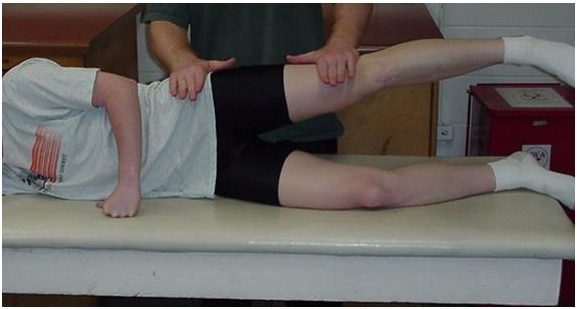
Muscle testing
6. Bone scans
A bone scan is the most accurate way of measuring a leg length discrepancy. It can be expensive and not always necessary if we can get a result without needing medical imaging.
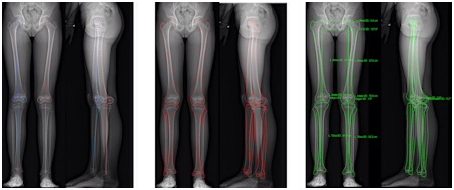
Xrays measuring leg length.


